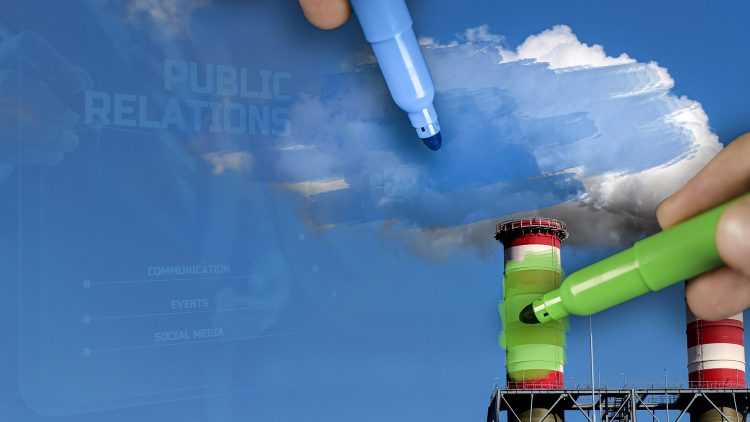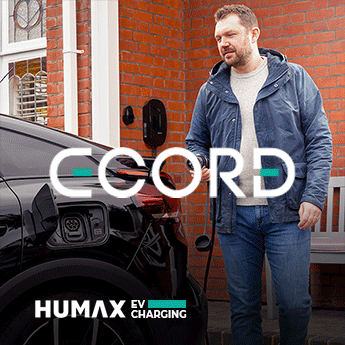The World Wildlife Fund recently commissioned the Economist's Intelligence Unit to run a survey to see just how much interest in the environment has increased. They concluded that, over the past five years, there has been an increase of more than 70% in online of searches for sustainable products. Given this huge surge in interest from consumers, is it any wonder that PR and marketing departments across every industry are working to incorporate the greenest labelling and messaging into their branding?
As professional sales and marketing teams move to capitalise on the latest trends, there has been a proliferation of eco-influencers – including many with good intentions. Just how hard is it to walk the tightrope between being usefully informative and carrying mis-messaging for less than scrupulous brands?
Firstly, don’t think of them as influencers in the traditional sense. Generally, these people come from a variety of backgrounds and cultures and are naturally environmentally-minded with a passion for positive change. The chances are that if you're a regular reader of WhichEV, then you're either one of them yourself or you count several in your immediate circle of contacts.
From sharing eco-friendly and sustainable hacks, to taking aim at corporations with dodgy practices and supply chains, they’re here to raise awareness of what’s happening to the planet, and how it’s impacting people and cultures globally. The positive benefits of this cultural shift are being felt everywhere. At a grass roots level, people are being more conscious about their food and travel habits – and even major corporations like Volvo are declaring strategies that will move them toward a much greener footing within the next two decades.
We spoke with Liam McSherry, founder of an online thought leadership organisation called Flocq. Liam told us, “Compared to the YouTube/Instagram/TikTok megastars, many eco-influencers have small, but loyal followings. We're talking about consumers that look at products, positions and messages for more than marketing keywords. They practice what they preach. Part of their approach to change is to use their influence to promote sustainable and alternative eco products & services and here’s where it’s getting tricky.”

Emma Askew is an environmental consultant who is on a mission to make environmental research accessible to all and her Earth Minutes organisation partners with Teach The Future to help students understand sustainability in a broader sense. Emma is keenly aware of the dangers posed by greenwashing.
“Greenwashing is everywhere, and it is particularly vast across the fashion industry on Instagram,” she explained. “There are new ‘recycled’ ranges launching on a regular basis, and it is getting harder to tell what is greenwashing and what is not. You have to know exactly where to look to confirm it is not greenwashing. It's now getting even more confusing with mainstream influencers promoting fast fashion brands as ‘environmentally friendly’ – even when the top they are discussing is made out of 97% polyester and 3% recycled plastic bottles. The brand can go onto to sell millions of that product, even though it is clearly not sustainable. This is purely a marketing tactic.”
But at the same time, eco influencers want to encourage brands that are trying to get their house in order and incorporate sustainable practices into their business, and this can sometimes appear as being ‘off message’.
Kate Hall is an educator, activist, and blogger based in New Zealand. She advocates for better daily habits that respect and protect both the planet and the people who live on it with her site Ethically Kate. She appreciated that some brands are trying as hard as they can within their existing culture, but there are challenges.
“I think there's a very fine line between greenwashing and a brand just generally trying. There are a lot of people out there who may point their finger at a company's initial efforts and say, ‘That's greenwashing. That's terrible.’ But I may look at them and think, I know what goes on inside that brand, and I know that they're just trying and they can't change everything at once,” explained Kate.
A lot of marketers will look at the follower numbers and think: “Why pay more to engage a small number when I could go to a more traditional influencer and reach 10 times the audience with a single ad or short term collaboration?” For serious eco-content creators, it’s not about a quick fix. They are prioritising a truthful approach that doesn't attract anywhere as much attention or money as the buzzword-laden mainstream influencers can access.
“To become a more sustainable content creator, you need to build more of a partnership with brands, rather than the quick-fix transactions that are becoming more and more predominant throughout the mainstream,” said Emma. “A lot of the time, I will say ‘no’ to brands, even if it’s a sustainable product. The question becomes, ‘Do people actually need this product?’ It’s important to keep conscious consumerism in mind as well as understanding the brand’s wider values when considering a possible collaboration.”
There is also a learning curve for established PR and marketing agencies who have peddled influence with the encouragement of freebies for many decades. For a content creator who's genuine in their concern for the environment, being loaded up with free products is completely contrary to their ethos and message.
“That's probably the thing I hate most about this job, because you can feel really suffocated. Sometimes your address gets leaked and you'll end up receiving a stream of random stuff. Even if the products purport to be sustainable, I don't want them. That's just not sustainable,” said Kate.
The legitimate eco influencer community will continue to grow across the globe. As it evolves, the landscape is changing and awareness of greenwashing is on the rise – as well as environmentally unethical PR and marketing practices. Over time, consumers will be better informed and will become much more sensitive to false messages and untrustworthy messaging.


















Discussion about this post